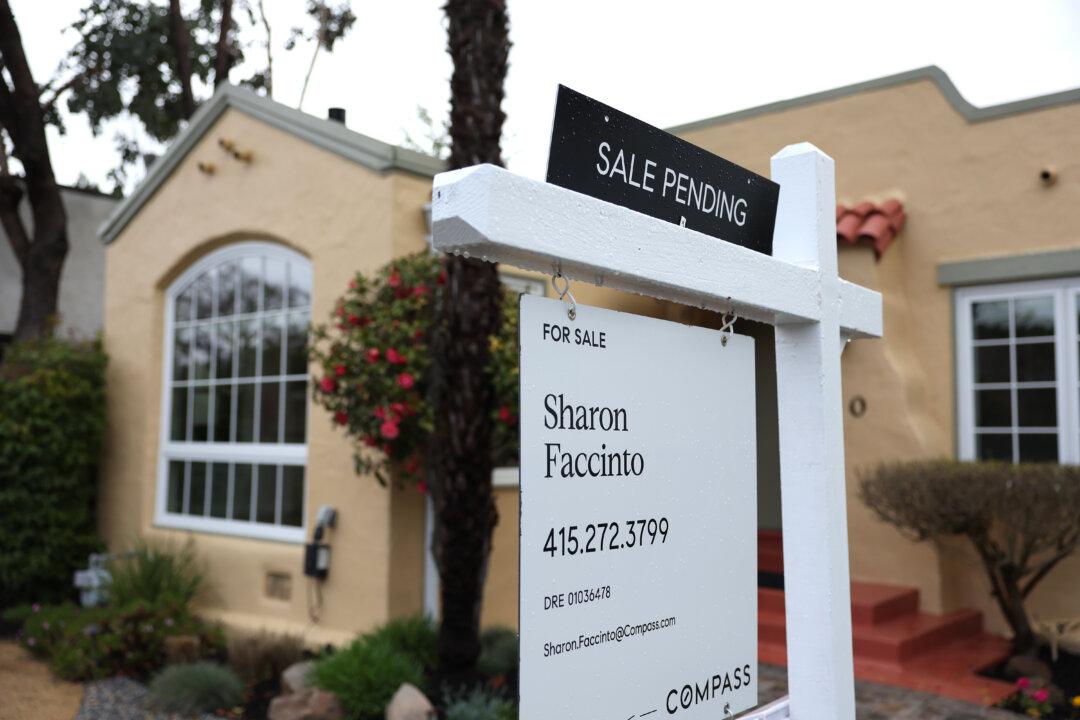The construction of new single-family homes increased by double digits in November as a supply shortage continued to boost homebuilder interest in housing construction.
Single-family housing starts surged 18 percent in November compared to October, according to data from the U.S. Census Bureau.





